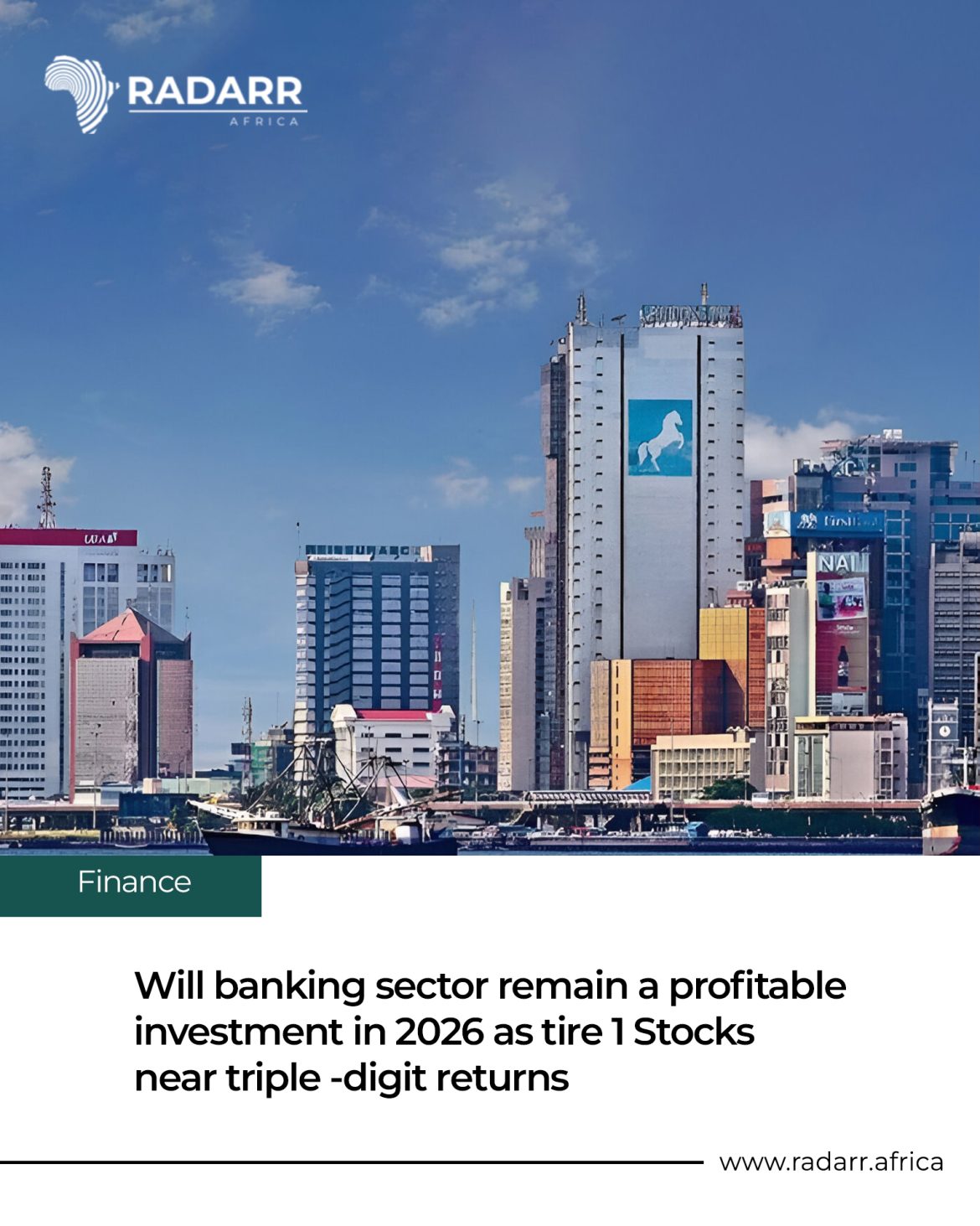In the past two years, Nigerian banks have delivered some of the most impressive returns on the stock market. Tier-1 banks such as Zenith, Access, UBA, GTCO, and First HoldCo have seen their share prices rise on the back of record profits. For some investors, the banking sector has been the brightest star in an otherwise uncertain economy. But as 2026 approaches, many are asking: can this run continue, or will the momentum slow down?
The figures from 2024 showed why investors rushed into banking stocks. Combined profit before tax for the top five banks rose by almost 70 per cent, hitting over ₦4.5 trillion. Net profits jumped by more than 60 per cent, while total assets crossed the ₦100 trillion mark. Zenith Bank, for example, recorded more than 100 per cent growth in its gross earnings. These results were driven largely by foreign-exchange revaluation gains, high interest income, and digital banking fees.
However, the story in 2025 has been different. Growth has started to slow down. For the first quarter of this year, the combined after-tax profits of nine major banks rose by less than one per cent. This is a sharp contrast to the record 274 per cent growth reported in the same period of 2024. Analysts say the one-off benefits from naira devaluation and high interest rates that powered profits last year are now fading.
The slowdown has raised doubts about how much longer banks can continue to deliver the type of returns investors have enjoyed recently. Credit losses are also expected to rise, with S&P projecting losses of around three per cent due to inflation, high borrowing costs, and the fact that almost half of bank loans are linked to foreign currency. All these factors will put pressure on profitability in the short term.
Still, there are reasons to remain optimistic. The Central Bank of Nigeria has ordered all banks to recapitalize before March 2026. The new minimum capital is ₦500 billion for international banks, ₦200 billion for national banks, and ₦50 billion for regional banks. In response, banks have raised more than ₦1.7 trillion in 2024 alone, with another ₦800 billion secured by mid-2025. Analysts expect about ₦900 billion more before the deadline. These moves are reshaping the sector, with stronger banks consolidating their positions and weaker ones looking at possible mergers.
Regulators and market observers say this recapitalisation drive will make the sector more resilient. With bigger capital buffers, banks will be able to take on more business, withstand shocks, and expand their lending capacity. The Central Bank has also insisted that the sector remains stable, noting that most banks are already on track to meet the new requirements.
Looking ahead to 2026, the outlook for investors is mixed but not gloomy. Agusto & Co, a respected research firm, expects profits before tax to drop in 2025 as the sector adjusts to lower FX revaluation gains. But the firm also forecasts a recovery in 2026 once the fresh capital is deployed into new businesses and loan growth. This means that while the days of quick, triple-digit returns may be over, investors can still expect sustainable and steady growth in the medium term.
For ordinary investors, this simply means expectations must be managed. Banking stocks may no longer deliver explosive returns, but they remain one of the safest and most profitable sectors in Nigeria’s capital market. Tier-1 banks, in particular, continue to stand out for their strong balance sheets, diversified income sources, and digital banking innovations.
In the final analysis, the Nigerian banking sector will still be profitable in 2026. But the picture is shifting from extraordinary windfalls to more stable and predictable growth. For investors, the question is no longer whether banks will make money, but how much money they will make compared to other sectors of the economy. With recapitalization, digital transformation, and stronger governance structures, the sector remains a reliable pillar of investment – just not at the wild pace seen in recent years.
